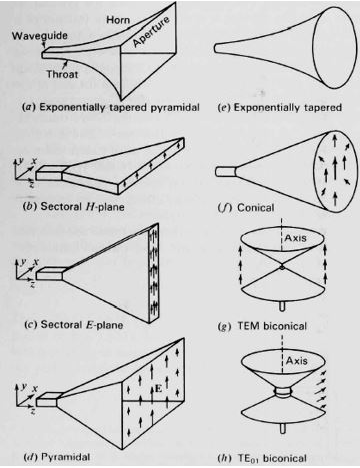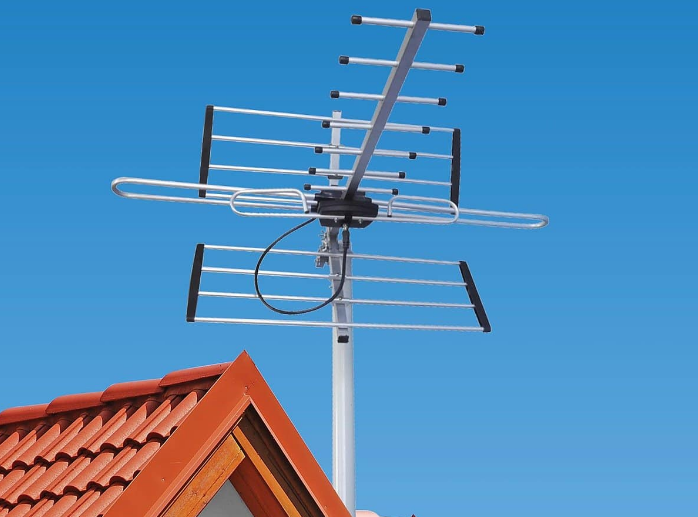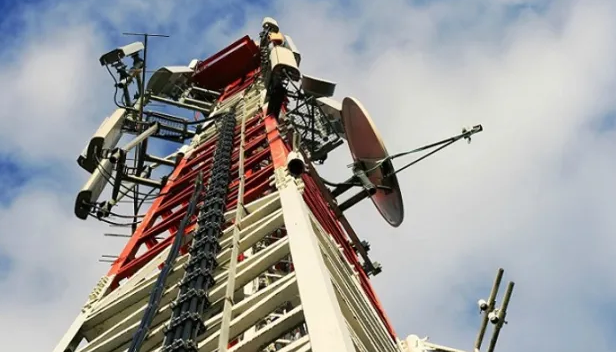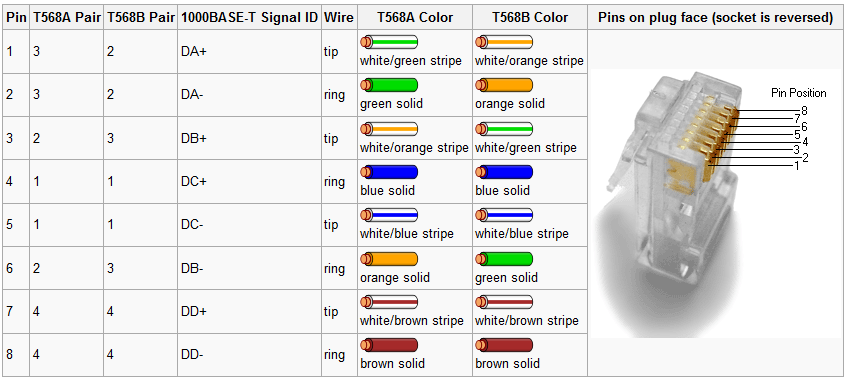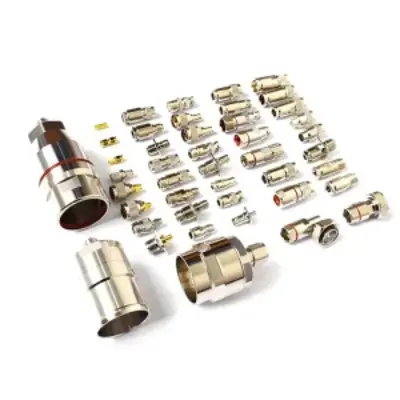How does a dummy load work
When testing and calibrating electronic equipment, a dummy load is used that consumes electrical energy in a way similar to an actual or real expected load of the device under test. It is manufactured with internal resistors, capacitors, or inductors to change electrical energy into heat and other forms of energy. A dummy load is […]
How does a dummy load work Read More »


